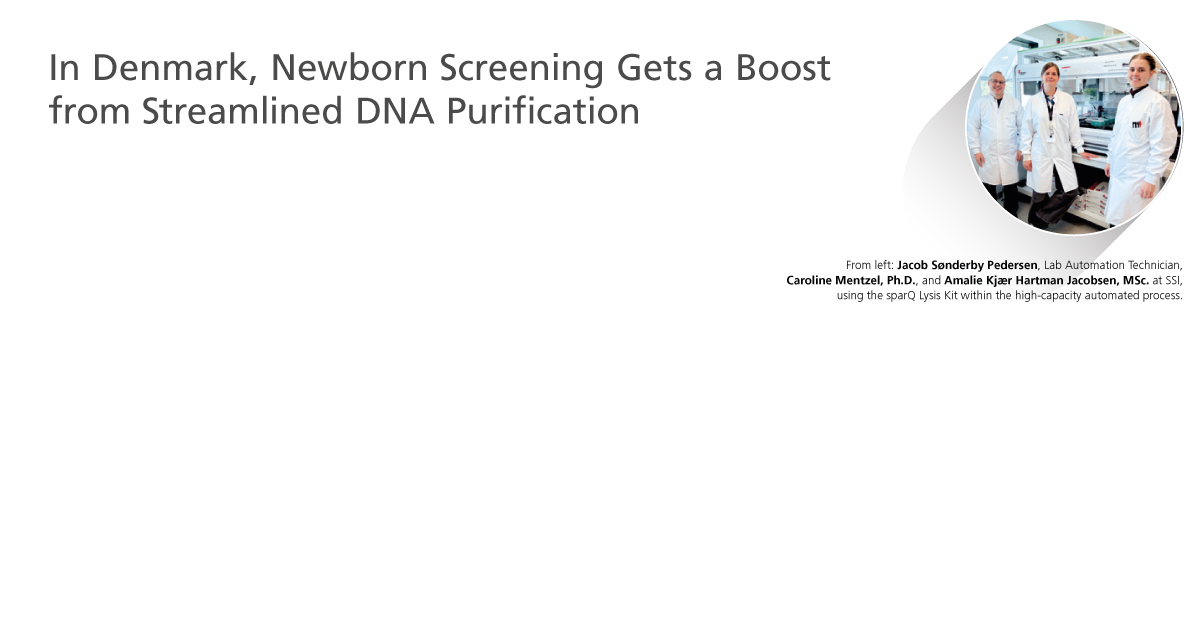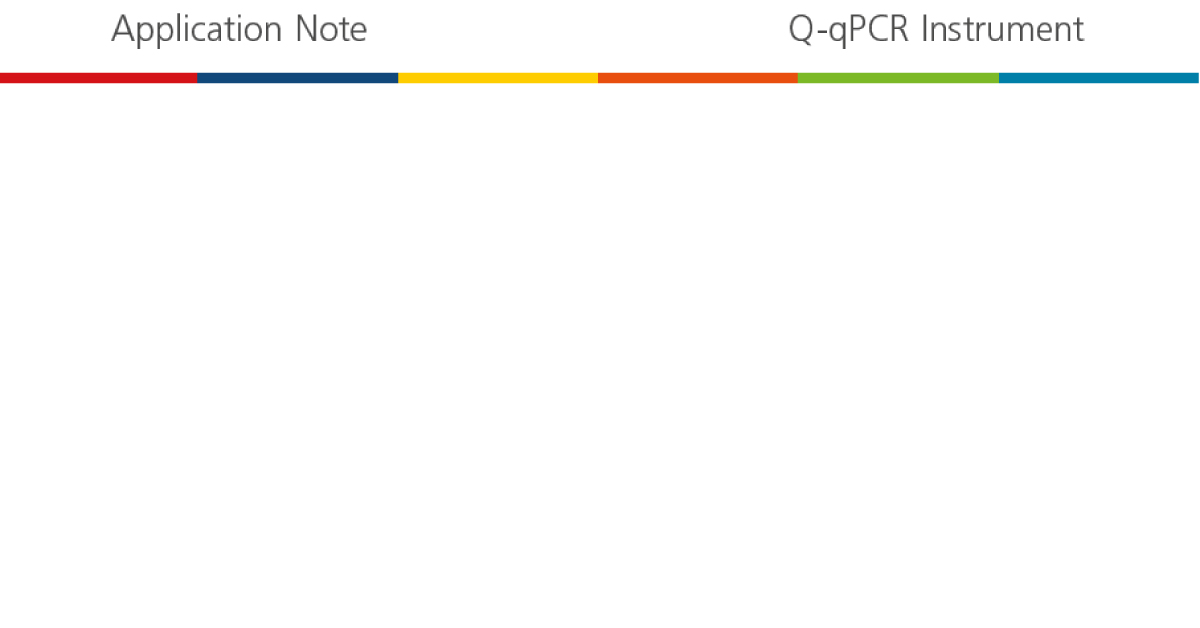If you looked hard enough for silver linings in the pandemic, one example popped out: the tremendous investment in infrastructure to perform much-needed testing that can now be used for COVID-19 in addition to many other infectious diseases.
During the pandemic, of course, critical information about local surges came from wastewater surveillance. In the U.S., this was a relatively new approach that quickly gained traction, and for good reason — signals of spikes in COVID-19 cases regularly showed up in wastewater data days or even weeks earlier than it did from clinical tests in those same areas.
Now, many of the public health laboratories that got into wastewater testing because of the pandemic are sticking with it for general infectious disease surveillance. That’s a huge step forward for our outbreak and pandemic preparedness in general, and a nice addition to the capabilities of these important labs.
At Quantabio, we’re proud that our instruments and reagents are supporting scientists who operate critical wastewater surveillance programs. Let’s face it: if your sample type is sludge, you’re going to need some seriously tough reagents.
Earlier in the pandemic, we caught up with an expert in wastewater testing who uses our Q qPCR cycler and qScript® XLT 1-Step RT-qPCR ToughMix® for this work. Zach Aanderud, a biogeochemist at Brigham Young University (BYU), was pulled into COVID-19 wastewater testing when Utah needed a better way to track infections. His approach was so successful that several other states followed suit with their own wastewater surveillance testing, and he wound up tracking data locally for his university as well.
In the pandemic, Aanderud’s lab processed about 50 samples per week for both the Utah and BYU projects. “The only way we would have been able to do any of this is with the Quantabio Q qPCR cycler and ToughMix chemistry,” he says. The ToughMix chemistry is very effective in overcoming common PCR inhibitors in environmental samples such as wastewater and highly sensitive at detecting low-level copies of the virus. Meanwhile, the Q is a highly efficient, easy-to-use instrument that can test up to 48 samples in a single run without requiring any handling steps after samples are loaded onto the instrument.
These same tools will be just as useful for wastewater testing even after the pandemic recedes. The CDC and its network of public health labs aim to monitor for various pathogens, with the idea that certain threshold levels could trigger a local response to help rein in threats before they spin out of control. This would be just as effective for other pathogens that can be detected in wastewater, such as enteroviruses, noroviruses, and polioviruses. To learn more, read about the Wastewater Surveillance program on the APHL website: https://www.aphl.org/programs/environmental_health/Pages/Wastewater-Surveillance.aspx
Recent posts
Subscribe to Our Blog
Related Blogs Post

Welcome to the Quantabio Blog!

Team Quantabio:Subrata Panja, Field Applications



